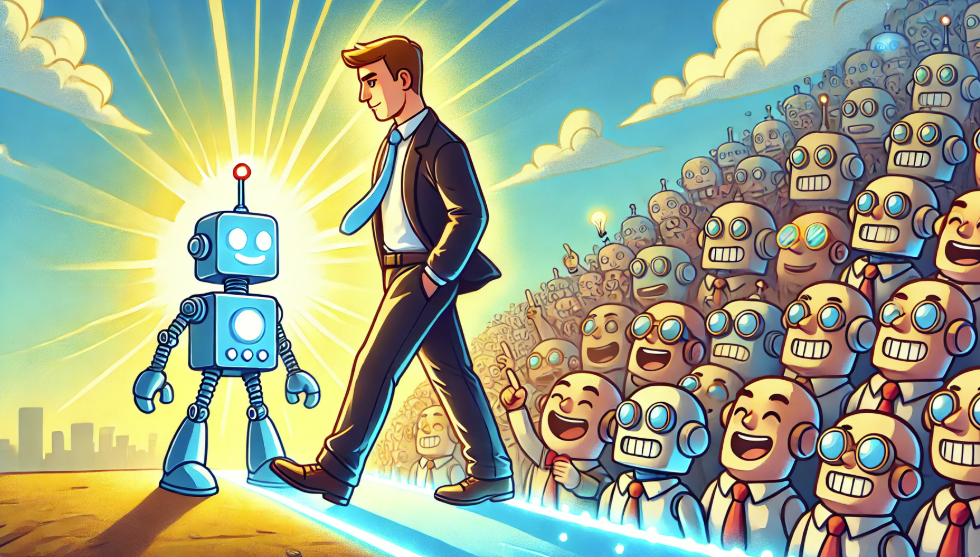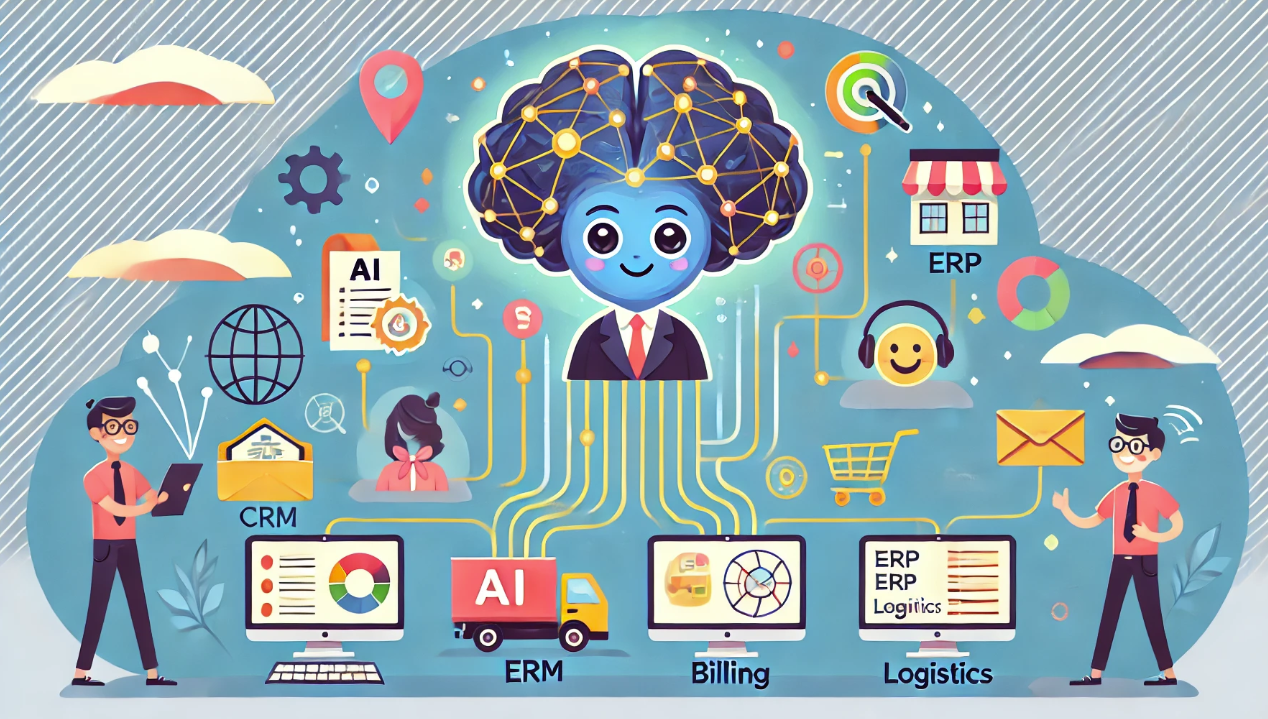AI agents dominate the conversation right now, and most businesses have already seen vendors promoting AI-enhanced versions of their software. But these upgrades typically focus on making each system more efficient on its own. The real work of running the process, connecting systems, reconciling information, and coordinating steps, still depends on people.












